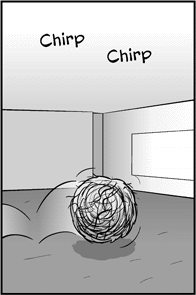gokeefe wrote:Here is my thinking:
1. Even if Amtrak is still on the hook for the remanufactured AEM-7ACs and the HHP-8s in "good condition" the answer could be as simple as preserved storage, much like the P-40 fleet was for some time.
2. Assuming that storage really is an option then your maintenance costs go down due to the newer condition of the units and manufacturer's warranty coverage. At least initially the ACS-64 units would need only minimal normal inspections and periodic maintenance. That immediately takes away from required shop time for heavy overhaul and repair.
I guess that's my "hope" as much as anything. I am also hopeful that the regenerative braking would in fact see very heavy use on the new units and that crews will find it sufficiently convenient to use that they will employ it as much as possible.
We shall see......
But you can't count on it because it is unknown. I asked a question about these engines that no one(on the railroad or on this board) has answered as of yet: How will these engines perform in push pull service? How did the engines these are based on perform in push pull service?
So far, my questions yielded:

Mr O'keefe:
You're from the Downeaster territory, so I ask, what is one of the BIGGEST problems they incur, particularly in push mode?
Think about that and then add a strong electrical component that can't really censor itself into the mix.
I've seen this show before.
Additionally, with newer engines comes warrantied work. It is mandatory unless you want to be in violation. Right now, the maintenance (or lack of) outside of FRA mandates on the current electric fleet is up to Amtrak. They can say "bring it into the shops,' or "screw it, run it until it dies..then we'll fix it."
A piece of equipment that you're paying for and must be kept in a state of good repair and is now hogging real estate by sitting around doesn't make anyone money. The forces that are maintaining them are still getting paid.
